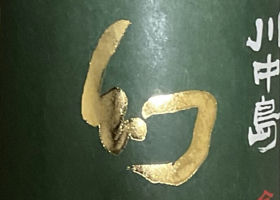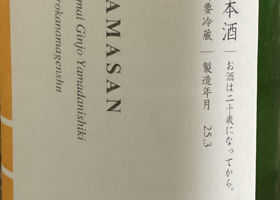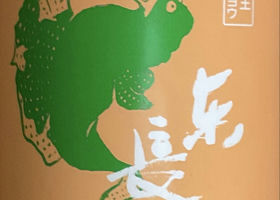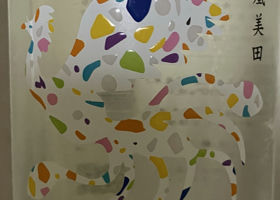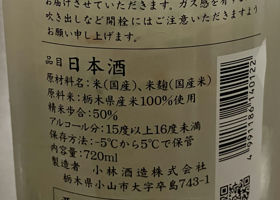

まさし
Satisfaction: ★★★★★
I was able to buy Jikin after a long time.
It is hard to buy a bottle because of the capacity of the refrigerator, but I can't help buying it.
The aroma of fruitiness that is typical of Jikin is in the air when the bottle is opened.
In the mouth, you can taste the fruit aroma, the rich umami sweetness, and the light sourness and bitterness.
After swallowing, the aroma of fruit comes up in a flash.
It is wonderfully delicious.
It is also delicious as a food sake.
After all, Jikin is wonderful.
Today I drank only the supernatant so as not to stir it, but I am looking forward to stirring it and drinking it.
The stopper is designed to release gas, so the bottle cannot be laid on its side, which makes it hard to keep in the refrigerator.
Japanese>English
